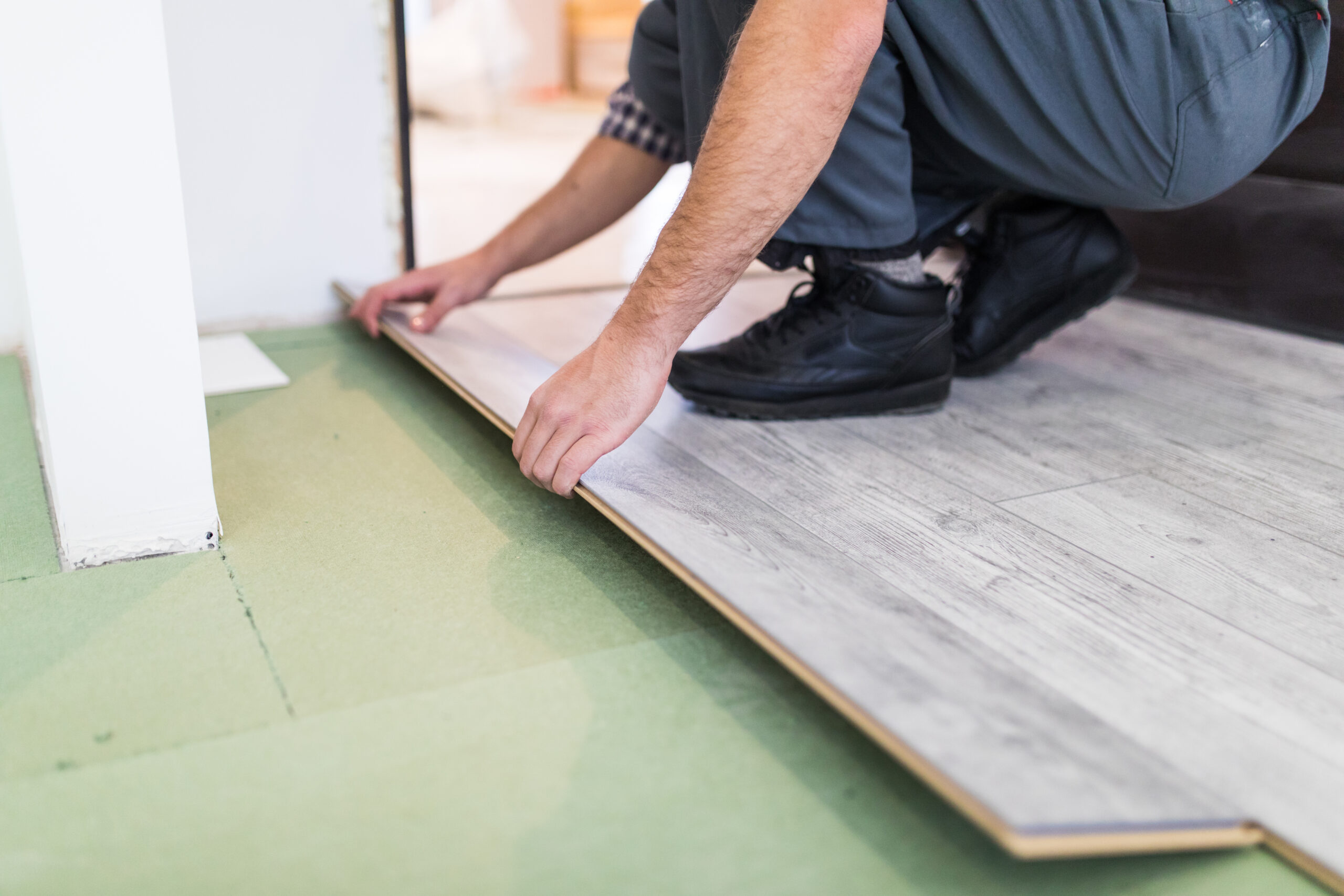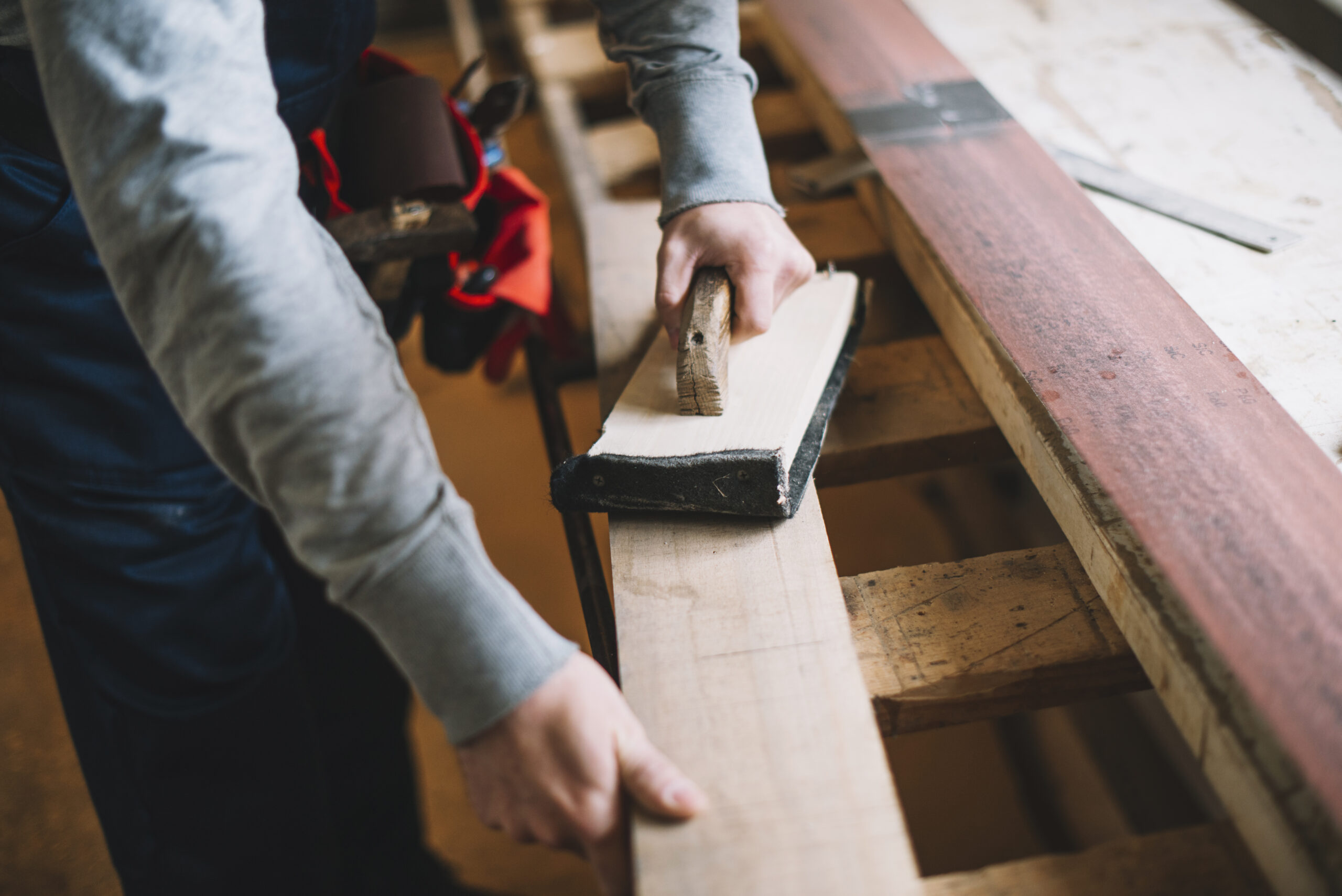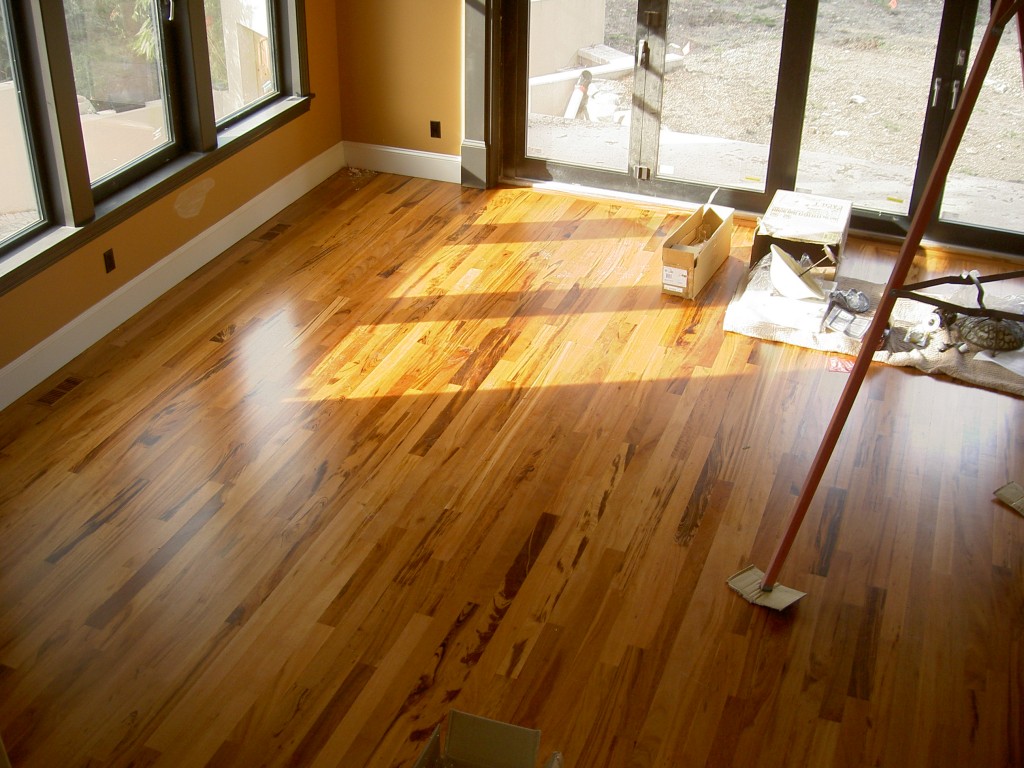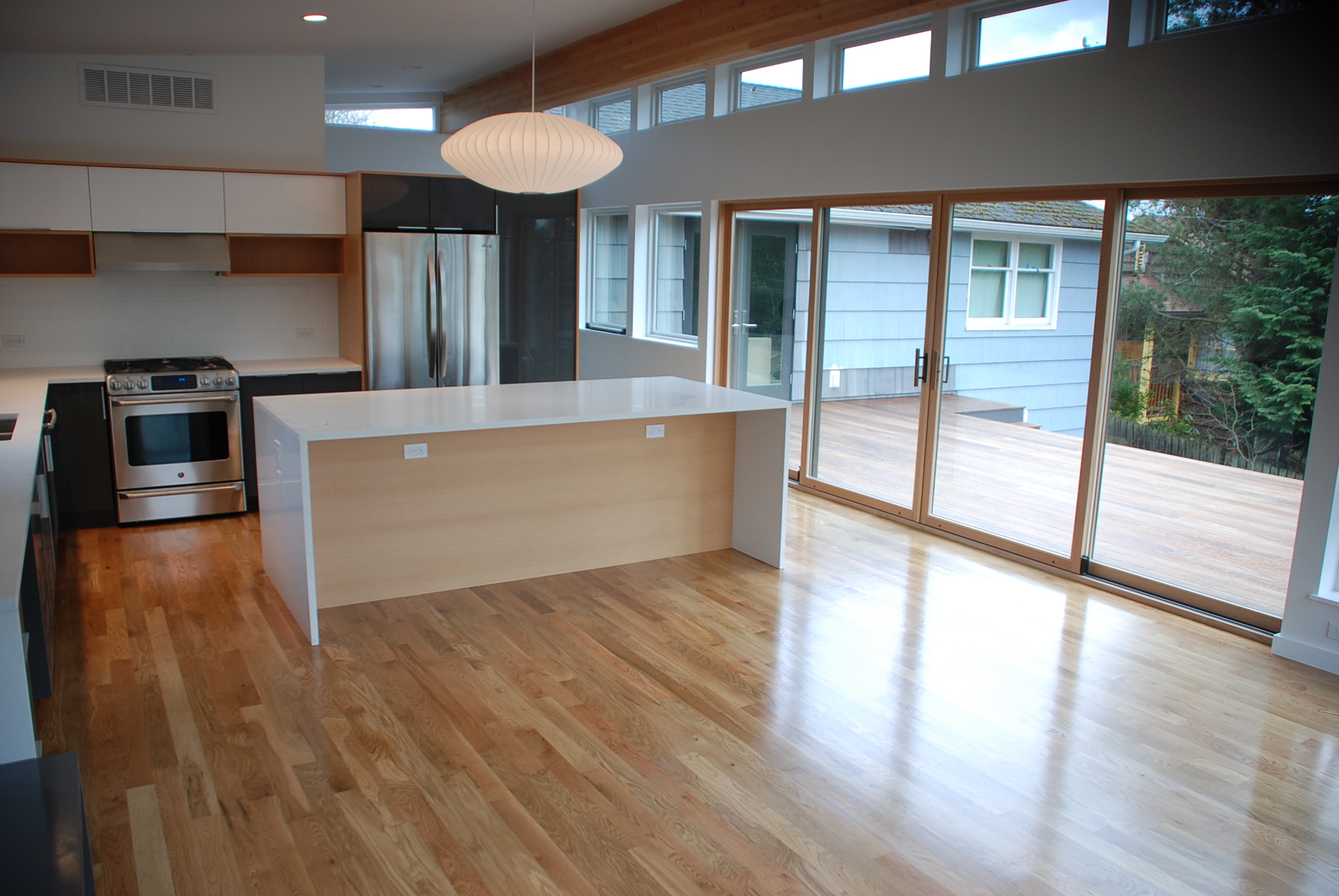
September 15, 2022
Finishing Hardwood Flooring, Over-all Appearance What to Expect
This is an excerpt from an article published in the Floor Covering Installer by Mickey Moore, a certified NOFMA inspector. The article is called “Managing and Meeting Customer Expectations Through to the Final Inspection”.
The NOFMA Standard for Inspection is reported in NOFMA’s Finishing Hardwood Flooring Technical Service Manual, page 10, or at www.nofma.org, Finishing Hardwood Flooring, Over-all Appearance—What to Expect: “Inspection should be done from a standing position with normal lighting. Glare, particularly from large windows, magnifies any irregularity in the floors and should not determine acceptance. A finish similar to that found on fine furniture should not be expected. The trash in the finish, a wavy look along strips, deep swirls or sander marks, and splotchy areas can be indications of inadequate finishing or cleaning. The quality of the finish can be acceptable and still include some of these problems, but they should not appear over the entire floor. The perimeter and hard-to-reach areas (i.e., under radiators, around cabinets and cabinet cut-outs, closets, corners, etc.) are most likely to contain these irregularities. Again, when inspected from a standing position, these irregularities may be present but should not be prominent.” Corollaries to this basic finishing standard can apply to appearance and performance issues.
The overall look of the floor should be consistent with the grade of the product purchased. The higher grades should have a mostly uniform appearance, allowing for natural color variations. The lower grades will have prominent and wide color variations associated with all allowable characters in the flooring. Of course, a piece may get into the flooring that does not meet the grade, but the floor does not fail with the occasional occurrence and is considered acceptable. Some other issues that can be considered acceptable as an occasional occurrence include close ends, “H” joints, clusters of short boards, over-wood, gaps, un-square ends, unfilled face nails, unfilled open characters, nailing frequency mistakes, handling abuse, minor cupping, noises, and movement, etc.
The key word here is “occasional occurrence”—if these issues are prevalent, they can be a problem. When inspected from a standing position, these and similar items may be present on the floor but should not be prominent. Additional irregularities are allowed for closets and hidden areas. Prominent features may require individual attention. A broken or split board with loose pieces, a board with an open shake (separation along the grain), a planer bite at the end, or a prominently dark board in a NOFMA Select floor—these prominent characteristics, particularly the unsound ones, may require replacement. A single loose board or a noisy area can be face-nailed for repair. For the repair to pass inspection, it should not be noticeable from a standing position. Hide face nails, make precise cuts for board replacement, protect the surrounding pieces to not draw attention to the area, fill openings with color-matched filler, and apply an additional coat over the entire room to cover the repaired area.
If after the job is completed the customer refuses to accept the floor, you can call for an inspection and a written report by a NOFMA Certified Wood Flooring Inspector. This new NOFMA certification is the only program that provides extensive training for applying the standard to make fair and honest assessments of flooring problems. A NOFMA-certified inspector will provide an accurate assessment, whether the problem is with installation, product quality, or unrealistic customer expectations. For information on the NOFMA-CWFI program contact the NOFMA office.”






